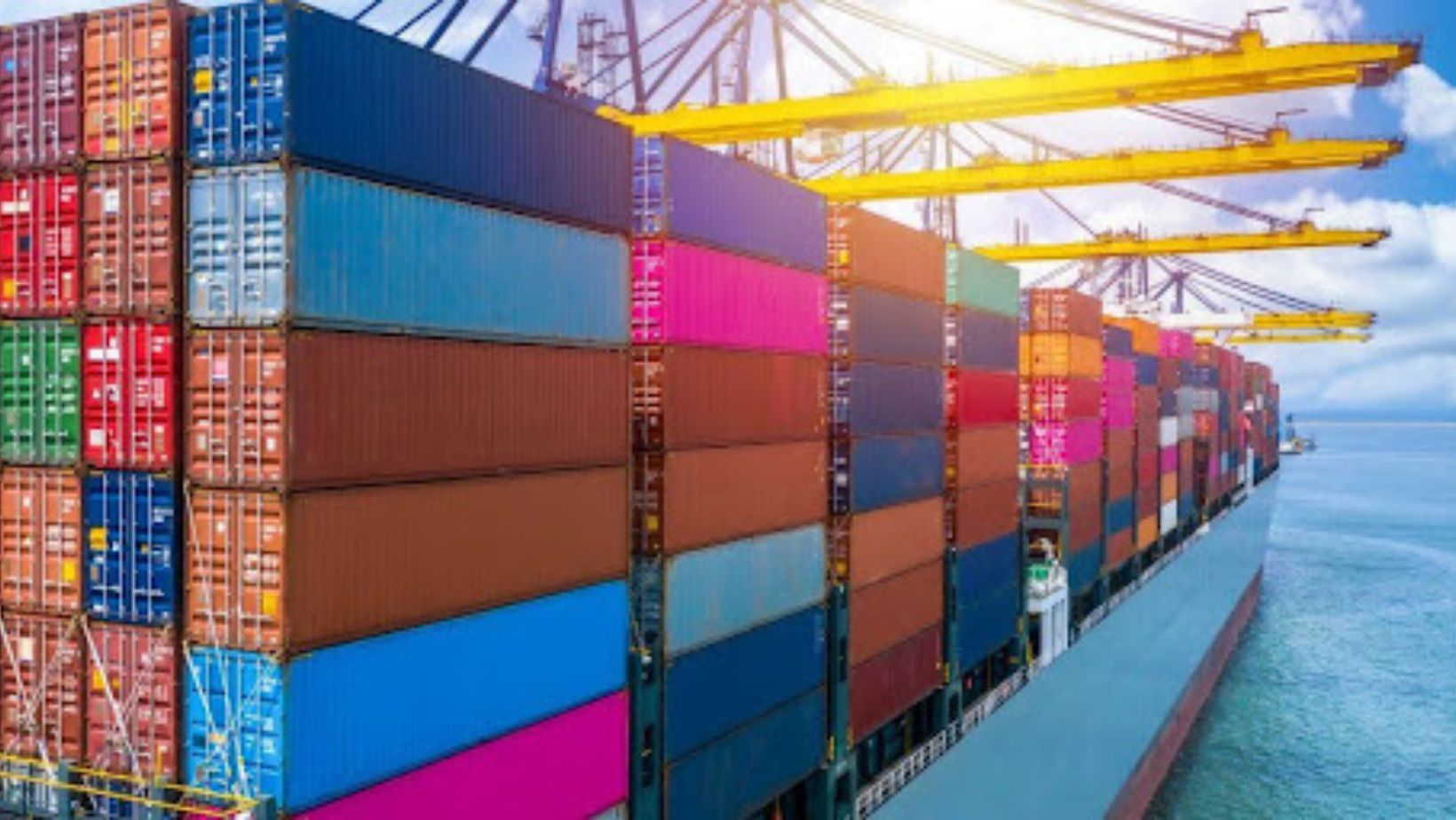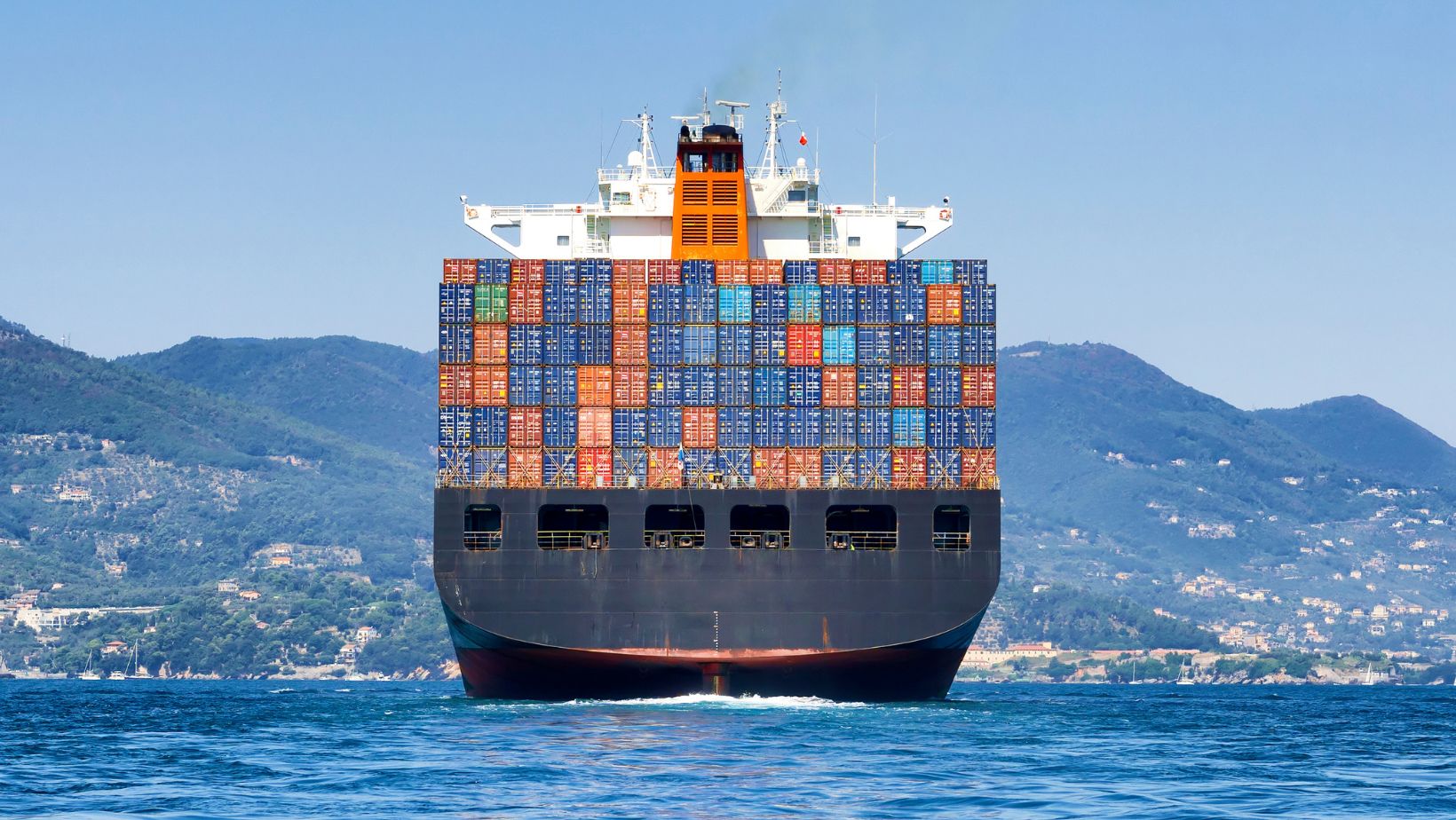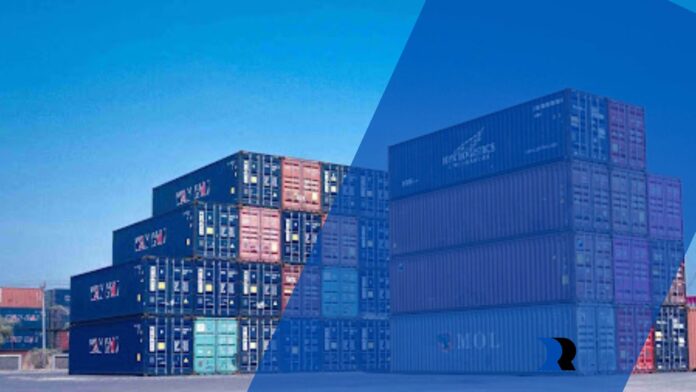The Hidden Costs and Challenges of Shipping Container Use
In recent years, shipping containers have gained popularity beyond their initial purpose of transporting goods globally. They’re now being repurposed for many uses, from affordable housing and office spaces to retail outlets and even swimming pools. Despite their apparent versatility and sustainability, the use of shipping containers comes with a set of disadvantages that are often overlooked in the excitement of repurposing them. This blog post aims to shed light on the hidden costs and challenges associated with using shipping containers.
Structural Integrity and Modification Challenges
One of the first challenges arises when modifying shipping containers for uses other than their original purpose. Cutting into a container’s structure to add doors, windows, or insulation can compromise its integrity. Shipping containers are designed to be stacked and carry heavy loads across their corners and any alteration can weaken their structure, requiring additional reinforcement. This additional work can increase costs and complexity, negating some of the initial savings and simplicity that make shipping containers an attractive option in the first place.
Insulation and Temperature Control
Another significant disadvantage is related to insulation and temperature control. Metal is an excellent conductor of heat, so shipping containers can become extremely hot in summer and bitterly cold in winter. Proper insulation is essential to make them habitable, especially in extreme climates. However, adding effective insulation can significantly reduce the internal space and also require a considerable investment, both financially and in terms of construction effort.
Eco-Friendly & Affordable Shipping Containers for Sale
Embrace sustainability without breaking the bank with our eco-friendly shipping containers. Ideal for those looking to repurpose, build, or expand in an environmentally conscious way, our containers are a testament to innovation and resourcefulness. With competitive pricing and options for customization, your eco-friendly project starts here. Discover how our shipping containers can be the cornerstone of your next green initiative. Get in touch for special offers and start making a difference today!
Health and Safety Concerns
The history of a shipping container can also pose health risks. Many containers are treated with hazardous chemicals to prevent corrosion and pest infestation during their sea voyages. These chemicals can linger and pose health risks to occupants unless properly cleaned and treated, a process that can be costly and environmentally damaging.

Additionally, the paint used on containers to withstand harsh marine environments often contains harmful chemicals that can pose additional health risks.
Environmental Impact
While repurposing shipping containers is often touted as an eco-friendly option, environmental downsides exist. The energy required to modify a shipping container for new uses, including cutting, welding and insulating, can be substantial. Moreover, transporting empty containers to their new locations can also contribute to carbon emissions, particularly if they are shipped over long distances from ports to their final destinations.
Building Codes and Permitting
Navigating building codes and permits can be a significant hurdle when using shipping containers for construction. Many local regulations need to be designed with shipping container buildings in mind, leading to a complex approval process. Compliance with local building codes often requires significant container modifications, further increasing costs and complicating projects. This can lead to delays and in some cases, may render the use of shipping containers impractical for certain applications.
Limited Space and Design Constraints
Shipping containers come in standard sizes, the most common being 20 and 40 feet long. While this standardization is a benefit in terms of cost and availability, it also poses limitations on design flexibility. The narrow, rectangular shape may only be suitable for some spaces, and linking multiple containers to create larger areas can introduce complexities and costs. Customization to overcome these constraints requires considerable effort and expense, diminishing the appeal of shipping containers as a simple and affordable building solution.
Longevity and Maintenance
While shipping containers are built to withstand harsh marine environments, their longevity as buildings could be clearer. When repurposed as structures, they are exposed to different stresses and may require maintenance to prevent corrosion and structural degradation. The cost and effort of maintaining a container building, especially in harsh climates, can be higher than anticipated, affecting the overall sustainability of such projects.
Financing and Insurance Challenges
Securing financing for container-based projects can be challenging. Many financial institutions need help to fund projects outside traditional construction norms, including container homes and buildings. Similarly, finding affordable insurance coverage can be difficult, as insurers may view these structures as higher risk due to their unconventional nature and the potential for unknown issues related to their previous use.
Conclusion
Shipping containers offer an intriguing option for various applications, from affordable housing to innovative commercial spaces. However, the disadvantages, including structural integrity concerns, insulation and temperature control issues, health and safety risks, environmental impacts, permitting challenges, design constraints, maintenance needs, and financing and insurance difficulties, suggest that there may be better solutions for some projects.

It’s essential for individuals and organizations considering shipping containers for their projects to conduct thorough research and planning, taking into account the hidden costs and challenges. While shipping containers can be part of sustainable and innovative construction, their use requires careful consideration to ensure the project is feasible, safe, and environmentally responsible. As with any construction project, a balance must be struck between the benefits and drawbacks to make an informed decision that meets the needs of the present without compromising the ability of future generations to meet their own needs.


